Loading component...
At a glance
By James Dunn
You’ve been a diligent recycler, collecting your household’s recyclable waste, filling your yellow-lid (or blue-lid) bin, having it collected, and repeating the process. You’ve been doing your bit, thinking all your waste is being recycled.
Up to half the country’s waste paper, cardboard and plastic has headed to China, which to date has been the largest importer of recyclable materials, taking in more than 30 million tonnes of waste from all over the world, including the US, EU, Japan and, of course, Australia.
Until now. From 1 January 2018, China banned 24 categories of solid waste. It has effectively stopped importing plastic for recycling by setting the acceptable contamination level (with other material) at 0.05 per cent – compared to the up to 10 per cent it previously accepted.
Although the change was well-flagged – China first raised its intention to limit imports of contaminated recyclables and waste in its 2013 Operation Green Fence program – the ban has caused a crisis in the Australian recycling industry. Some council recycling contracts have been dishonoured because recyclers no longer have a market in China, while other councils have been charged – instead of being paid – to have their recyclables taken away. Many have resorted to stockpiling, which creates a fire risk, or even investigating diverting waste to landfill, which defeats the purpose of recycling.
Crisis and opportunity
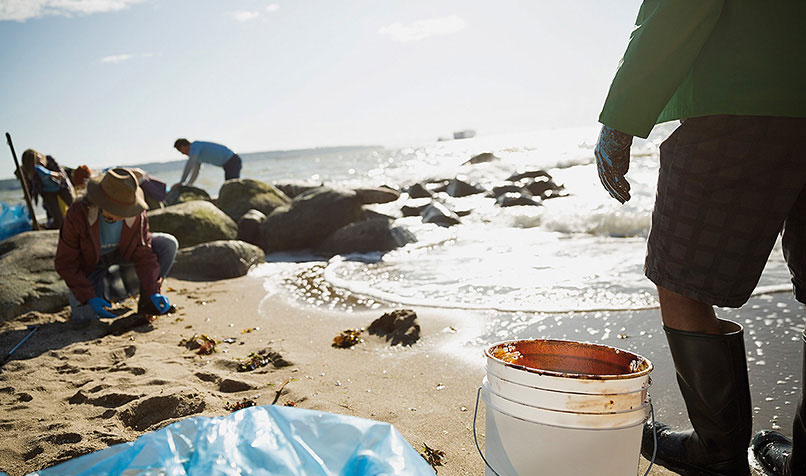
“[China has] done Australia [and other nations] a favour,” says Waste Contractors and Recyclers Association (WCRA) CEO Tony Khoury CPA. “China effectively allowed the rest of the world to send the problem to them, but no more. We got lazy because China was taking such a big proportion of our material. The crux of this is that we will have to get better at recycling. We will have to invest more in recycling, and we have to create more markets for recycled product within our own country.”
"People have to realise that when they think, 'oh, I'll throw it away', that there is no 'away'."
Governments in particular, Khoury says, have to show the way to create a circular economy for recycled products. “A recyclable is not a recyclable unless there is an end market for that product. Where I say China has done us a favour, we need to start using more of our recyclables within Australia.
“A crisis is always an opportunity, and I do expect entrepreneurs to come up with potential uses and solutions for waste. But at the end of the day the government has to protect Australian industry, [while] entrepreneurs take the initiative and use recyclable materials, because there will always be cheaper imports.”
No opportunity to waste
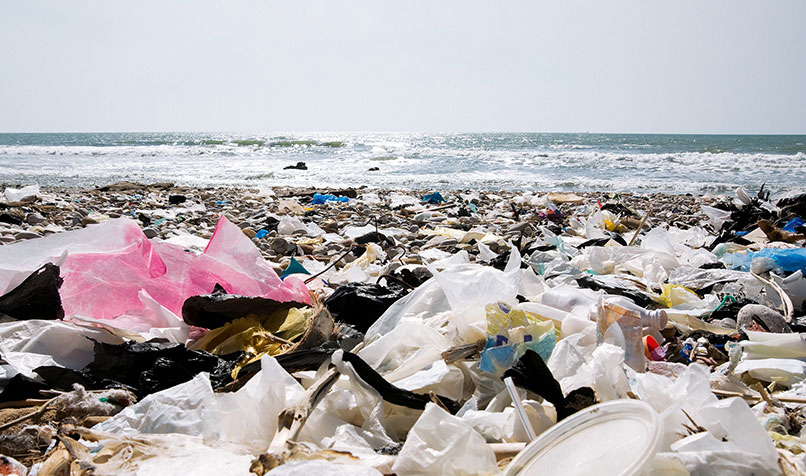
Entrepreneurs are not waiting for the circular economy: they are driving it.
Plastic Forests founder David Hodge was inspired by repeatedly seeing piles of agricultural plastic on farms and asking, “What happens to that?”
It led to Plastic Forests creating a world-first innovative method to recycle contaminated plastic film without using water.
It takes used film and bags from the food and agricultural industry, from the silage (green fodder) films, the blood-soaked chicken and beef films, to the wraps that have been in contact with meat and fish and other foods, the food processing bags, and bread bags, and turns them into resin.
From this, Plastic Forests makes its Green Mongrel waterproof, long-life garden edging product, the resin from which also goes to other manufacturers for use in products such as underground electric cable covers – utilised by the NBN – and builders’ film.
“About 5000 tonnes of plastic film is used by the agricultural and food industries in Australia, but only about 4 per cent of it is recycled – the same proportion as globally,” Hodge says.
“Food residues, ink or other contaminants make it impossible to recycle. It’s either burned or goes into landfill, neither of which solves the problem. We had to take a highly contaminated product that had a negative value, and create a value. We dry-clean the films and bags, shred them, and create resin. That process creates value in a commodity we can sell.”
Hodge says the waste problem – with plastics, in particular – can only be solved by a circular economy.
“People have to realise that when they think, ‘Oh, I’ll throw it away’, that there is no ‘away’,” he insists.
“It’s not a problem that will go away. People have to buy more recycled material. We can’t afford to sit around and wait for governments – we have to start creating the circular economy ourselves.”
The rise of upcycling
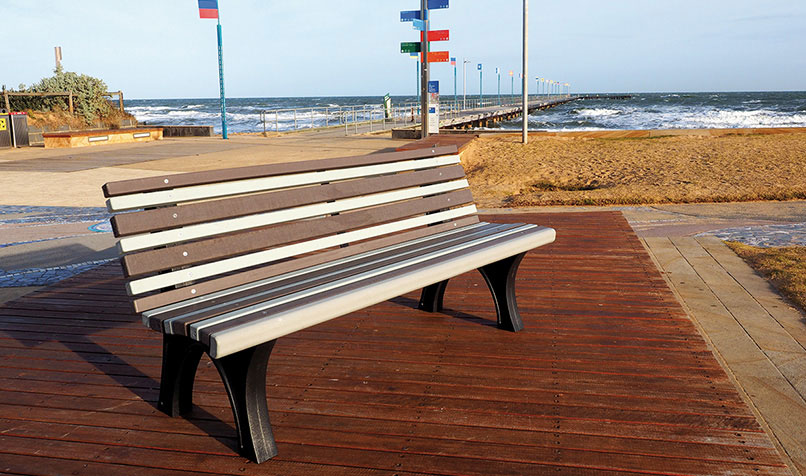
Mark Jacobsen, marketing director at plastics recycling firm Replas, says that not only do people need to be willing to buy products made from their own waste, brand owners also have to “do the right thing” in terms of the waste they produce.
For nearly 30 years, Replas has turned soft plastics such as milk cartons and squeezable shampoo bottles into a range of more than 200 products, such as boardwalk decking, playground equipment, outdoor furniture and signage, and jetty planking.
Through the REDcycle program, Replas receives about 300 tonnes of shopping bags and food packaging a year from Coles and Woolworths stores nationwide, and adds it to its input mix.
“We’ve built our business on being one of the few recycling companies in the world that can take soft plastic like shopping bags,” Jacobsen explains.
“The trick is, we only put 15 per cent of the soft plastic in with hard plastic, and we’ve learned with the formulas, and our equipment, that we can make very solid commercial grade products by getting our mixes right. We’re at the forefront of the world with our technology.”
Replas sees waste as a valuable resource, but is not prepared to simply receive more and more plastic from suppliers, unless it’s part of a true partnership in the circular economy.
“We won’t take waste unless the supplier is part of the solution,” Jacobsen says.
“For example, Woolworths has 1000 stores and Coles 700. They have been big suppliers, and they’re putting our [recycled plastic] seats in every store to show shoppers the end product [that results from returning] their shopping bags and packaging.
"Now, that’s hundreds of thousands of dollars of procurement for us, but it’s also suppliers that want to be part of the solution.”
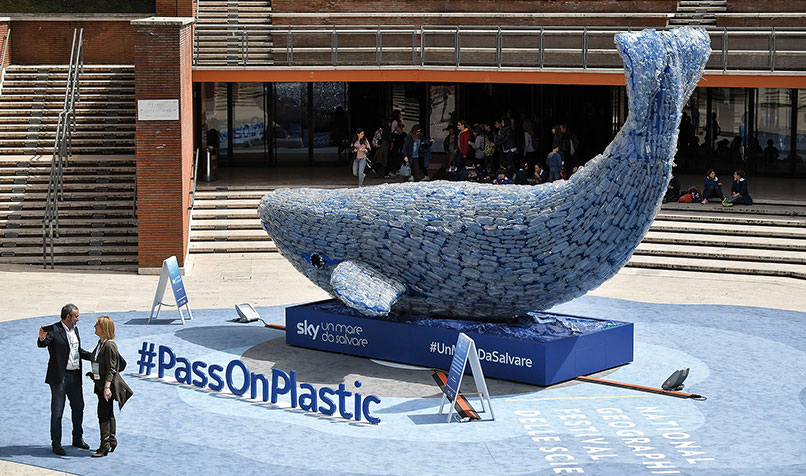
From 1 July 2018, single-use plastic bags will be removed from Woolworths, Coles, Big W and BWS liquor stores across most of Australia. However, there’s still a great deal of soft plastic product packaging to deal with. Food suppliers such as Birds Eye and McCain have started placing the REDcycle logo on their packaging to alert consumers that it can be taken back to a Coles or Woolworths supermarket to be recycled.
“We’ve never seen this before, and it’s changed the dynamics,” Jacobsen says. “Brand owners are paying a lot of money because they value that the public will buy their brands because they’re demonstrating a post-use home for the packaging. We’ve got Mars Petcare [owner of brands such as Whiskas, Pedigree and My Dog] coming on board as partners because they want their branded packaging to have a home after it is used.”
He believes that the solution to the recycling conundrum is a “pull-through effect” where industry, government and consumers embrace the use of recycled plastic products. Athletics clothing company Lululemon Athletica is a great example.
“Lululemon transports its clothing in plastic and the stores are left with a pile of waste,” Jacobsen says. “They talked to us about recycling and committed to buying seats made from their waste, and they proudly display these seats at the front of their stores. We actually acquired some new customers because they saw the Lululemon seats – that’s a great example of the pull-through effect and what it can do.”
"I was thinking, 'how do I stop this plastic from going from the land to the sea"
While Replas would prefer the pull-through effect to drive more demand for its products, it recognises that governments and sectors such as health care can really set the ball rolling. “I think that getting a percentage of procurement with recycled plastics is a realistic step forward – to take a small step to put some pressure on,” Jacobsen says.
With recycling no longer a service we can simply delegate to China or other nations, what’s certain is that both the problem and the solution lie with us.
Solving the plastic tsunami
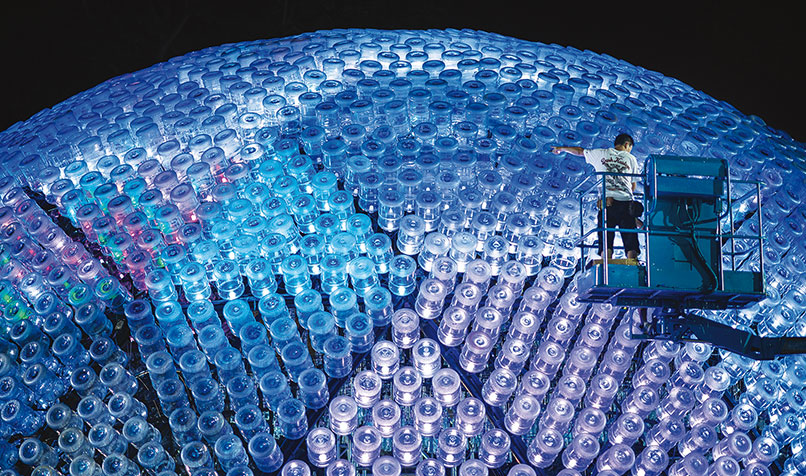
Any conversation concerning the plastic industry cannot ignore the whale in the room: that plastic is building up in the planet’s seas.
One estimate, from Columbia University, is that 165 million tonnes of plastic debris is floating in the oceans, threatening the health and safety of marine life, with an average of 8.8 million tonnes added to the flotsam every year. With microplastics – tiny particles fewer than five millimetres long, coming from cosmetics, fabrics or the breakdown of larger plastic pieces – potentially being ingested by marine creatures, the problem is seemingly intractable.
While recycling more plastic can help reduce the waste that ends up in the oceans, seeing that waste as a resource is likely to be a large part of the solution. It is certainly what Louise Hardman, environmental science teacher, founder and CEO of the Coffs Harbour-based Plastic Collective, was thinking after a plastic-filled marine turtle died in her hands in 1993.
“I was thinking, ‘How do I stop this plastic from going from the land to the sea?’” she recalls. “Then, when it’s in the sea, ‘How do I give people an incentive to get it out?’.”
Her answer was the Shruder machine, which shreds and extrudes waste plastic into useable plastic cord that can be turned into products such as filament wire for computers, fishing line, and cord for weaving mats and baskets.
The Shruder changes the waste plastic economy by taking the solution to the problem for remote and islander communities. It has been “ruggedised” by the Australian military, and is designed to be transported to communities suffering the impact of plastic pollution, regardless of how remote they may be. First, it provides a local means for recycling plastic – where there may be no garbage collection or recycling facility – to lessen the chance of plastic going into the sea. Second, it allows local communities to use some of the plastic that has found its way into the seas.
“Rather than feeling angry, I wanted to try to find a solution,” Hardman says. “I was feeling disempowered, and I wanted to empower people. We supply the machines and train the communities to use them.”
Hardman cites Vanuatu as an example, where people were paying up to A$4 a metre for cords for their whipper snippers.
“Using the Shruder, they can make their own cord and clean up plastic pollution at the same time,” she says.

